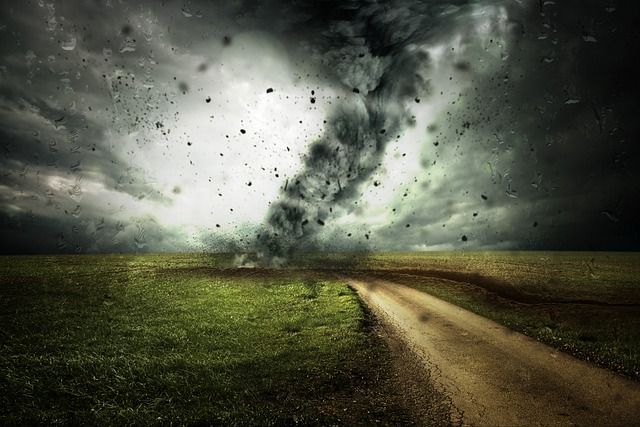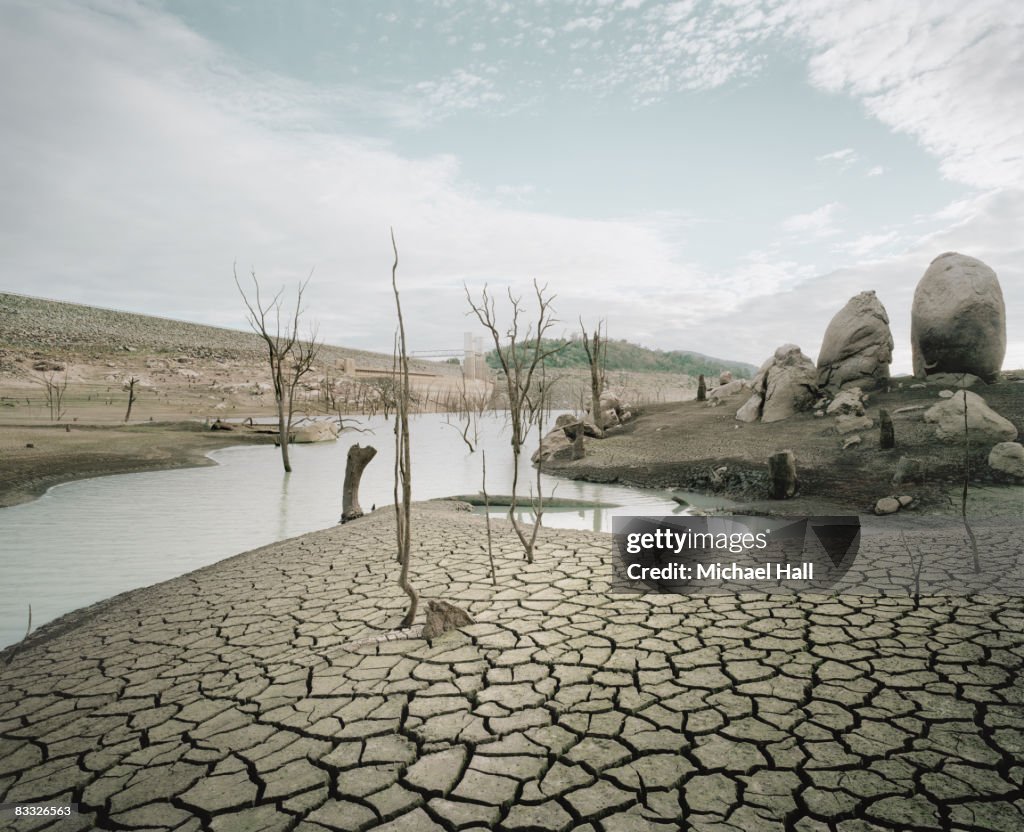
Global warming started since the start of the Industrial Revolution, the Earth’s average yearly temperature has climbed by just over 1°C, or roughly 2°F. From 1850—when reliable temperature measurements began—until 1980, the planet warmed by an average of 0.07°C (0.13°F) per decade. But since 1981, that pace has more than doubled: over the last four decades, Global warming has risen about 0.2°C (0.36°F) every 10 years.
The outcome? Our planet is hotter than it has ever been in recorded history. The past ten years have all ranked among the warmest on record. And as temperatures climb, the risk increases of crossing climate tipping points—such as sudden glacier collapse or thawing permafrost—that could shift ecosystems into entirely new conditions and drive Global warming.
In 2015, the Paris Agreement formally adopted scientists’ recommendation to cap global warming at 1.5°C. Striving toward that target remains our strongest opportunity to avoid the most severe consequences of climate change—intense droughts, massive wildfires, destructive floods, powerful tropical storms, and other disasters that take a heavy toll on both infrastructure and human health.
Read more about How to earn in online
Read more about Rising Temperatures
Global warming is caused by rising levels of carbon dioxide (CO₂) and other greenhouse gases that hold heat within Earth’s atmosphere. This retained heat originates from solar radiation absorbed by the planet’s surface and then emitted back into the atmosphere as infrared energy.
While natural patterns and variations have influenced Earth’s climate over the past 800,000 years, the current phase of warming is largely the result of human activities. Chief among these is the burning of fossil fuels—such as coal, petroleum, gasoline, and natural gas—which intensifies the greenhouse effect. In the United States, transportation is the leading contributor to greenhouse gas emissions, followed by electricity generation and manufacturing.
To help keep global temperature rise within 1.5 degrees Celsius, the U.S. must take on the significant—yet achievable—challenge of reducing greenhouse gas emissions to net zero by 2050. In addition, we must honor our pledges to assist developing nations in reaching their climate objectives—a commitment that we, along with other wealthy, high-emission countries, are currently not meeting. On a more positive note, at the latest United Nations climate summit, nations agreed to pursue the goal of increasing climate funding for developing countries to at least $1.3 trillion annually by 2035.
As the planet’s atmosphere warms, it can store more water vapor, altering weather patterns and driving more intense rainfall events. At the same time, higher temperatures accelerate the evaporation of moisture from the Earth’s surface during dry periods, leading to more frequent and severe droughts and heat waves.
A 2023 study by two NASA researchers, published in Nature Water, validated the “wet-gets-wetter, dry-gets-drier” theory by examining extreme weather incidents across five continents between 2002 and 2021. One of the most striking was a prolonged pluvial—an extended episode of heavy rainfall—that began in 2019 in central Africa and persisted through the end of the study. This event caused Lake Victoria’s water levels to rise over 3 feet and triggered devastating floods in nearby communities. In contrast, a drought in Brazil during 2015–2016 dried up reservoirs and forced some cities to impose water rationing. The authors concluded that “the overall global intensity of significant extreme events appears to be growing as the planet warms.”
Oceans are heating up as well, allowing tropical storms to gather more strength. In 2020, the Atlantic hurricane season broke records with 30 tropical storms, 13 hurricanes, and 6 of those reaching major hurricane status. Greater intensity brings greater destruction and loss of life—especially as coastal populations expand and development along shorelines increases. The number of billion-dollar weather and climate disasters has been climbing in recent years; in 2023, the United States saw an unprecedented 28 such events.
Every year, researchers uncover more about the effects of global warming, and with each passing year, fresh evidence emerges of its severe toll on both humanity and the planet. Its reach extends into all aspects of life—our economies and jobs, our health, our food systems, and our cultural traditions. Workers are dying from heat exhaustion. Allergies, asthma, and outbreaks of infectious diseases are on the rise due to greater growth of pollen-producing plants like ragweed, increased air pollution, and the spread of environments favorable to ticks and mosquitoes. Entire communities are relocating from areas ravaged by extreme heat or flooding. The melting of ice is altering ecosystems and transforming lives from high mountain regions to coastal areas.
While climate change affects everyone, its impacts are not evenly distributed. Indigenous communities, people of color, and those living in poverty often bear the heaviest burdens, in part because of environmental injustice. Longstanding inequities in housing, health care, and employment systems leave these groups more exposed to the most damaging consequences of climate change—even though they have contributed the least to the problem.
In recent years, China has become the largest contributor to global-warming pollution, generating roughly 26 percent of worldwide CO₂ emissions. The United States ranks second. Even though we represent only 4 percent of the global population, our country accounts for a striking 13 percent of total CO₂ emissions—almost equal to the combined output of the European Union and India, which hold the third and fourth spots. Moreover, America still holds the top position, by a wide margin, in total emissions accumulated over the last 150 years. Considering this disproportionate impact on climate change, the United States needs to increase its financial commitments to fostering a cleaner, safer, and more just future. Our role carries weight for other natio In recent years, China has emerged as the largest source of climate-warming pollution, producing about 26 percent of global CO₂ emissions. The United States comes in second. Despite making up only 4 percent of the world’s population, our nation is responsible for an outsized 13 percent of total CO₂ output—nearly matching the combined emissions of the European Union and India, which hold the third and fourth positions. In addition, the U.S. still leads—by a significant margin—in cumulative emissions released over the past 150 years. Given this disproportionate influence on the climate crisis, the United States must expand its financial investments in building a cleaner, safer, and more equitable future. Our actions carry significance for the world, and they should matter deeply to us as well.ns, and it should carry weight for us as well.
Absolutely not! While large-scale national government action is essential to win this battle, individual involvement is just as critical. We need people who will speak out, hold political and corporate leaders accountable, and make intentional changes in their everyday lives.
Looking for ways to join the fight against climate change? You can shrink your personal carbon footprint by following a few simple habits: Make energy conservation part of your daily lifestyle and factor it into your purchasing choices. When buying new appliances like refrigerators, washers, or dryers, choose products with the Energy Star certification—they’re held to a higher energy efficiency standard than basic federal guidelines. If you’re in the market for a car, opt for one with excellent fuel economy and minimal emissions, and think about how switching to an electric vehicle could save you money over time. You can also lower your emissions by using public transit or sharing rides when it’s practical.
Although updated state and federal standards are a move in the right direction, we still have a long way to go. Show your support for climate-friendly policies and climate preparedness plans, and urge your elected officials to make an equitable shift from fossil fuels to clean energy a top priority—because doing so is essential to creating healthier, safer communities.
You don’t have to take action in isolation, either. Across the nation, grassroots movements are proving that climate action can strengthen communities, be guided by those most affected, and shape a future that’s fair and sustainable for everyone.
The atmosphere is shaped by and connected to other elements of the Earth, such as oceans, ice formations (including glaciers and sea ice), land areas, and plant life. Together, these elements form a unified Earth system in which each part interacts with and affects the others, often in complex ways. For example, climate determines how vegetation is distributed across the planet’s surface (deserts are found in dry regions, forests in moist areas), while vegetation also impacts climate by reflecting solar energy back into the air, moving water (and latent heat) from the soil to the atmosphere, and affecting the movement of air across land.
A complete grasp of the Earth system requires understanding how the system and its individual parts have evolved over time. This quest for knowledge has given rise to the field of Earth system history—an interdisciplinary area that draws on the work of not only Earth system scientists but also paleontologists (who examine life from earlier geological eras), paleoclimatologists (who investigate climates of the past), paleoecologists (who study ancient ecosystems and environments), paleoceanographers (who explore the history of the oceans), and other specialists focused on Earth’s past. Because different elements of the Earth system shift at varying rates and operate on distinct timescales, the study of Earth system history is broad and intricate. Learners in this field aim not only to record past events but also to interpret them as a sequence of natural experiments in which solar energy, ocean circulation, the arrangement of continents, atmospheric composition, and other significant factors have changed. These “experiments” allow scientists to uncover how different parts of the Earth system influence each other and to what degree. Research in Earth system history also outlines the full range of conditions the planet has experienced before—and the potential states it may reach in the future.





